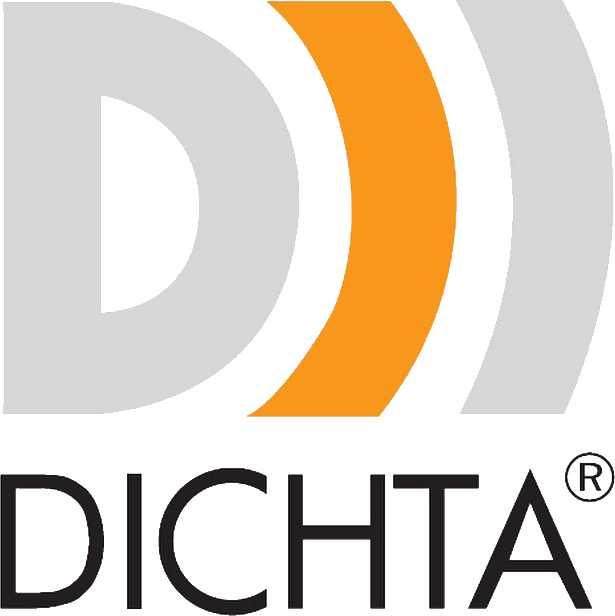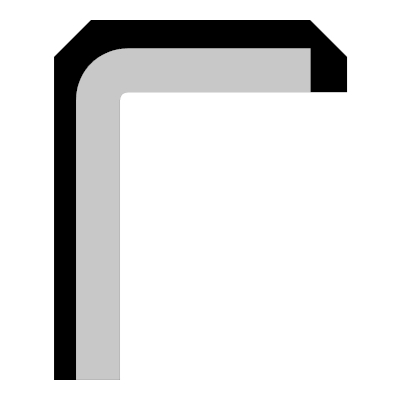Polyamides are the most widely used thermoplastics and have the advantage of having excellent mechanical properties which remain constant even at high and low temperatures and a low coefficient of friction.
They have excellent wear and abrasion resistance and are also resistant to various chemical and atmospheric agents.
Being a hygroscopic material, i.e. it has a high humidity absorption, it is not suitable for applications involving contact with water or when demanding tolerances are to be maintained, especially in humid environments (for this reason PA is not used in contact with food).
ADVANTAGES
- Good resistance to breaking, traction, compression and impact
- Good resistance to aging and atmospheric agents
- High mechanical strength even at high temperatures
- Low coefficient of friction and abrasion
- Excellent resistance to machine oils and greases
- Zero resistance to concentrated acids
- High humidity absorption (not suitable in the electrical sector)
- High resistance to alkalis, inorganic compounds and solvents

